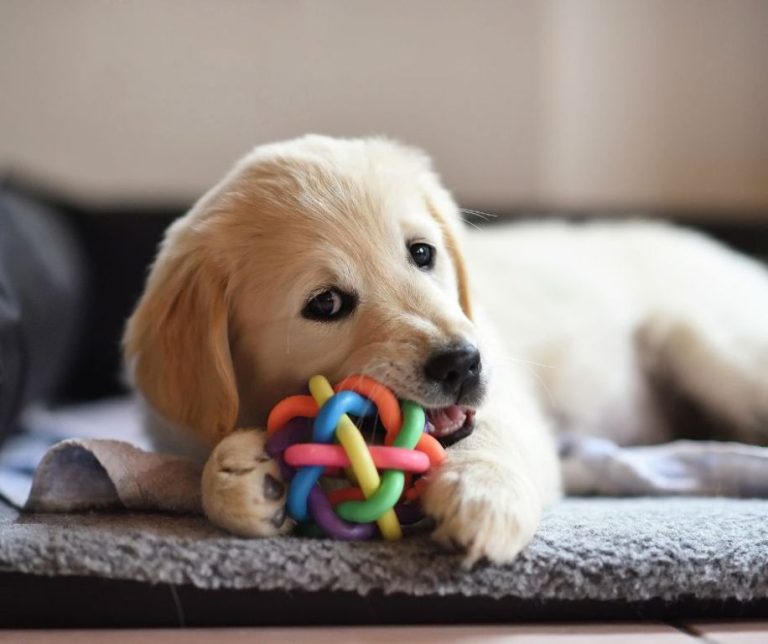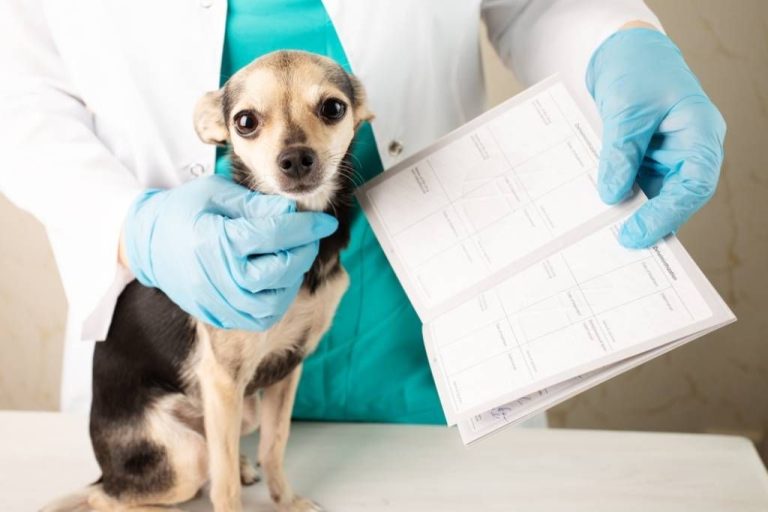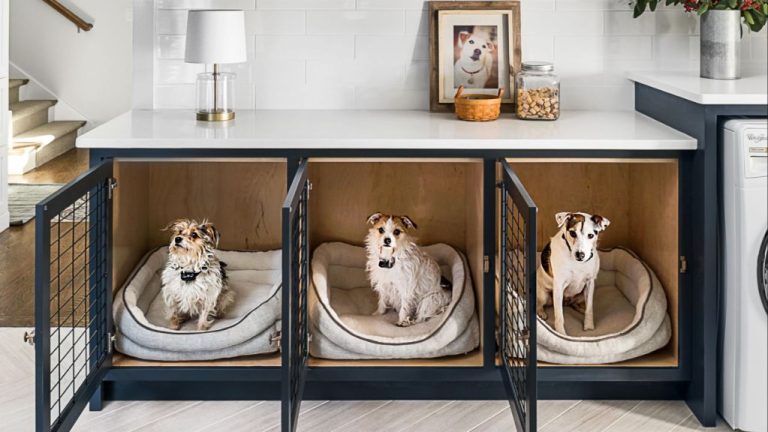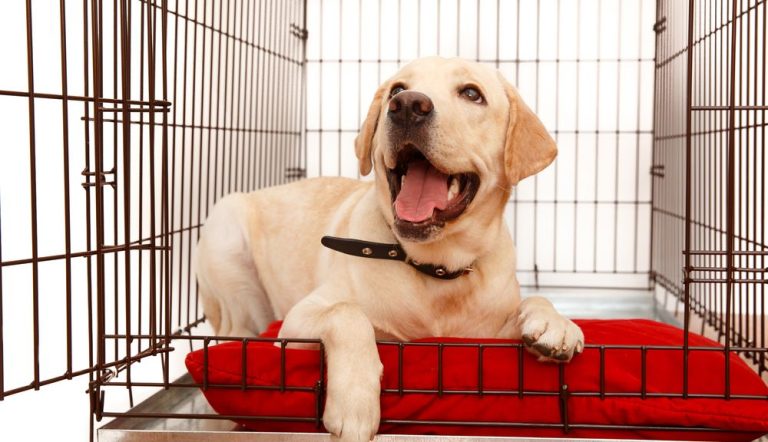Essential Supplies: A Beginner’S Guide To Dog Ownership
This guide aims to provide first-time dog owners with an overview of the essential supplies they will need to properly care for their new canine companion. Bringing home a puppy or dog is an exciting time, but it can also be overwhelming if you aren’t prepared with all of the necessary gear. From food and water bowls to collars, leashes, crates, toys, and cleanup supplies, there are several key items every new dog owner should have. This guide covers the basics any new puppy or dog owner needs to get started, ensuring they are fully stocked with the right supplies to keep their furry friend happy and healthy.
Food and Water Supplies
Proper nutrition is critical for a dog’s health. This section covers the basics of dog food and water bowls, the types of dog food available, and recommendations for how much and how often to feed your dog.
For food and water, you’ll need sturdy bowls that are easy to clean and won’t tip over. Stainless steel and ceramic bowls are common choices. Determine the size based on your dog’s needs. Also have a mat or tray to catch spills.
There are many types of commercial dog food available. The main categories are dry kibble, wet/canned food, and fresh/raw food. Dry kibble provides the best nutrition for most dogs. Look for brands that meet AAFCO standards. Within a brand, choose the formula suited for your dog’s size, age, and activity level.
According to veterinarians, adult dogs should be fed at least twice per day 1. Puppies may need three or more feedings. The amount to feed depends on your dog’s weight, breed, age, and activity level. Follow package guidelines or consult your vet. Provide a consistent feeding routine and monitor your dog’s weight and health.
Make sure fresh water is always available. Change water frequently and wash bowls regularly.
Grooming Supplies
Proper grooming is essential for keeping your dog clean, healthy, and comfortable. Investing in some basic grooming supplies will allow you to care for your dog’s coat, nails, teeth, ears, and more right at home. Here are some of the most important grooming supplies every dog owner should have:
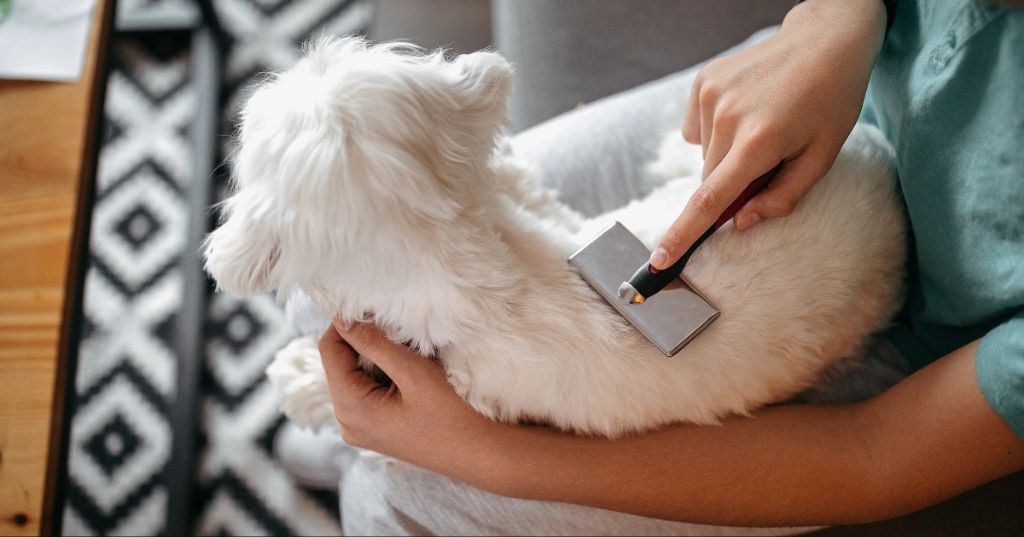
Brushes and combs are crucial for working out mats, detangling fur, removing loose hair and dirt, and distributing natural oils. Choose slicker brushes, bristle brushes, metal combs, or de-shedding tools based on your dog’s coat type. Regular brushing helps prevent painful mats and keeps their coat shiny and smooth. For long-haired dogs, daily brushing may be needed.1
Nail trimmers allow you to safely trim overgrown nails at home. Look for trimmers designed specifically for dogs with guides that avoid cutting the quick. Grinding tools are another option for gently filing down long nails. Keeping nails trimmed prevents pain, discomfort, and damage from overly long claws.
Dog shampoos are formulated to be gentle on sensitive canine skin. Look for options made with natural ingredients and without harsh chemicals. Bathing a dog too often can dry out their skin, so occasional baths paired with regular brushing is usually sufficient.
Dog toothpastes and toothbrushes are important for maintaining dental health. Brushing helps remove plaque and tartar and keeps gums and teeth healthy. Get toothpaste made specifically for dogs and a toothbrush that fits their mouth. Start slow and work up to daily brushing.
With the right grooming tools and techniques, you can keep your dog well-groomed and tidy in between professional groomings. Invest in quality supplies suited to your dog’s specific needs.
Collar and Leash
It’s important to choose the right collar and leash for your dog to ensure they are comfortable, secure, and identifiable during walks. While many dogs do fine on a standard flat or rolled leather collar, there are other options that may be better for some pups (Country Living, 2022).
For strong pullers, a front-clip harness can help deter pulling by redirecting your dog towards you when they try to lunge forward. Martingale collars offer more control as well by gently tightening around the neck when pulled taut, while still being comfortable for everyday wear. Large and giant breed dogs generally need wider, thicker collars that won’t dig into their neck when out for walks or doing active play. It’s also a good idea to have your dog microchipped and/or outfitted with ID tags in case they ever get lost (Nonstopdogwear, 2022).
When shopping for a collar and leash, make sure you get the right size based on your dog’s neck circumference and weight. Allow room for two fingers between their neck and the collar. Go for durable, high-quality materials like nylon or leather, and choose a leash length based on your dog’s size and your own height and handling preferences.
Crate
A crate can be an invaluable tool for a new dog owner. Proper crate training provides many benefits for both you and your dog. According to the AKC, most veterinarians, trainers, and breeders recommend crate training dogs from a young age.
Crate training is essential for housebreaking puppies, as it takes advantage of their natural inclination to keep their space clean and avoids accidents in the house. A crate also provides your dog with a personal space to call their own where they can feel safe and secure.
When introducing your dog to a crate, start slowly and make it a positive experience by placing treats and toys inside. Never use the crate for punishment. With time and consistency, your dog will learn to love their crate as their own private den.
There are several crate options to choose from including plastic, wire, soft-sided, and collapsible models. Consider factors like your dog’s size, anxiety level, and need for travel when selecting the best crate for your needs.
With proper crate training, you can enjoy the peace of mind knowing your dog and belongings are safe when you cannot supervise.
Bedding
Choosing the right size dog bed is important for your dog’s comfort. Measure your dog while they are in their normal sleeping position, and allow 4-6 inches of extra space for them to sprawl out. Consider factors like if your dog likes to stretch out or curl up tight. According to Dog Bed Buying Guide -What to Look for and Setting Up Cratewear Bedding mentioned on Dog Bed Sizing Guide, crate beds should allow enough room for your dog to stand up, turn around and lay down comfortably. Avoid a bed that is too big for smaller dogs as they may feel insecure.
When selecting bed material, think about your dog’s needs and preferences. Older dogs often benefit from orthopedic memory foam beds to ease joint pain according to Your Guide to Dog Beds. Younger dogs that chew may do better with a durable, chew-resistant bed. Pay attention to whether your dog seems to prefer soft, plushy beds or firmer, cooler beds. Getting the right size and material will ensure comfort and fit.
Toys
Toys are an essential supply for any new puppy or dog owner. They provide dogs with mental stimulation, physical activity, and help relieve boredom and anxiety. The right toys can make all the difference in keeping your dog happy and occupied. Some key benefits of dog toys include:
- Mental Stimulation: Toys like treat puzzles and fetch toys engage a dog’s mind.
- Physical Exercise: Toys encourage dogs to run, jump, and stay active.
- Relieves Boredom: Toys give dogs something fun to do.
- Reduces Anxiety: Chew toys help anxious dogs self-soothe.
- Reinforces Training: Interactive toys can be used as rewards in training.
When selecting toys, consider your dog’s size, activity level, and chewing habits. Small dogs and puppies do best with soft, squeaky toys and lightweight ropes or balls. Larger, high energy dogs need durable chew toys made of hard rubber or nylon (Source: Forbes). Heavy chewers require indestructible toys like Kongs. Food motivated pups will love treat dispensing puzzles.
Plush toys work for light chewers, while tennis balls and frisbees are great for fetching. Rotate toys to keep your dog’s interest. Having a variety ensures they don’t get bored. Avoid small toys that could pose a choking hazard.
Cleanup Supplies
Having the right cleanup supplies on hand will help keep your home clean as you adjust to life with a new dog. Some essential cleanup items for dog owners include waste bags, paper towels, and stain and odor removers.
Be sure to have an ample supply of waste bags on hand for cleaning up after potty breaks during housetraining. Biodegradable bags that are specifically designed for pet waste make cleanup easy. Look for waste bags that are leak-proof with an odor-blocking lining.
Paper towels are invaluable for quick cleanups of minor messes, spills, and potty accidents in the house during housetraining. Stock up on absorbent paper towels to have ready around the house.
Stain and odor removers are a must-have for handling set-in stains or smells from pet accidents. An enzymatic cleaner formulated for pets is best since it will break down waste and eliminate odors at a molecular level. Nature’s Miracle and Angry Orange are popular enzyme cleaners. Read directions carefully and test on an inconspicuous area first.
With the right cleanup tools on hand, you’ll be prepared to tidy up quickly and easily after your new pup.
First Aid Kit
Having a well-stocked first aid kit is essential for any dog owner to be prepared for minor injuries or emergencies. At a minimum, the following basic medical supplies should be included in every dog first aid kit according to AKC:
- Gauze pads and rolls for wrapping wounds
- Adhesive tape for securing bandages
- Non-stick bandages in assorted sizes
- Antibiotic ointment to prevent infection
- Antiseptic wipes for cleaning wounds
- Cotton balls and swabs
- Scissors with rounded tips
- Tweezers for removing debris or ticks
- Digital thermometer to monitor temperature
- Flashlight for nighttime emergencies
It’s also recommended to include gloves, saline eye wash, and a first aid instruction guide or booklet. Store the kit in a waterproof container and check expiration dates regularly to replace expired items. Having these basic medical supplies on hand can help owners provide prompt care for their dogs until professional veterinary treatment is available.
Conclusion
Bringing home a new dog is an exciting adventure, but having the right gear and supplies will help set you both up for success. While every dog has their own unique needs, this guide has covered the essential items new dog owners should stock up on. To summarize, the most critical supplies include:
- High-quality dog food and bowls for eating and drinking
- A comfortable crate and bed for resting
- Collar, leash, and ID tag for walks and safety
- Grooming tools like brushes, nail clippers, and shampoo
- Toys and treats for playtime and training
- Cleanup supplies for inevitable accidents
- A well-stocked first aid kit for minor injuries or illnesses
When selecting any gear for a new pup, be sure to consider your dog’s size, age, energy level, and preferences. High-quality stainless steel, ceramic, or bamboo items often last longer than cheaper plastic versions. Make safety a priority for products like crates, beds, and toys to prevent injuries. And don’t forget to stock up on lots of patience and love!
Preparing your home is just as important as having the right supplies. With the essentials covered in this guide, you and your new pup are ready to start your lives together. Enjoy building a strong bond through play, training, and adventures!

